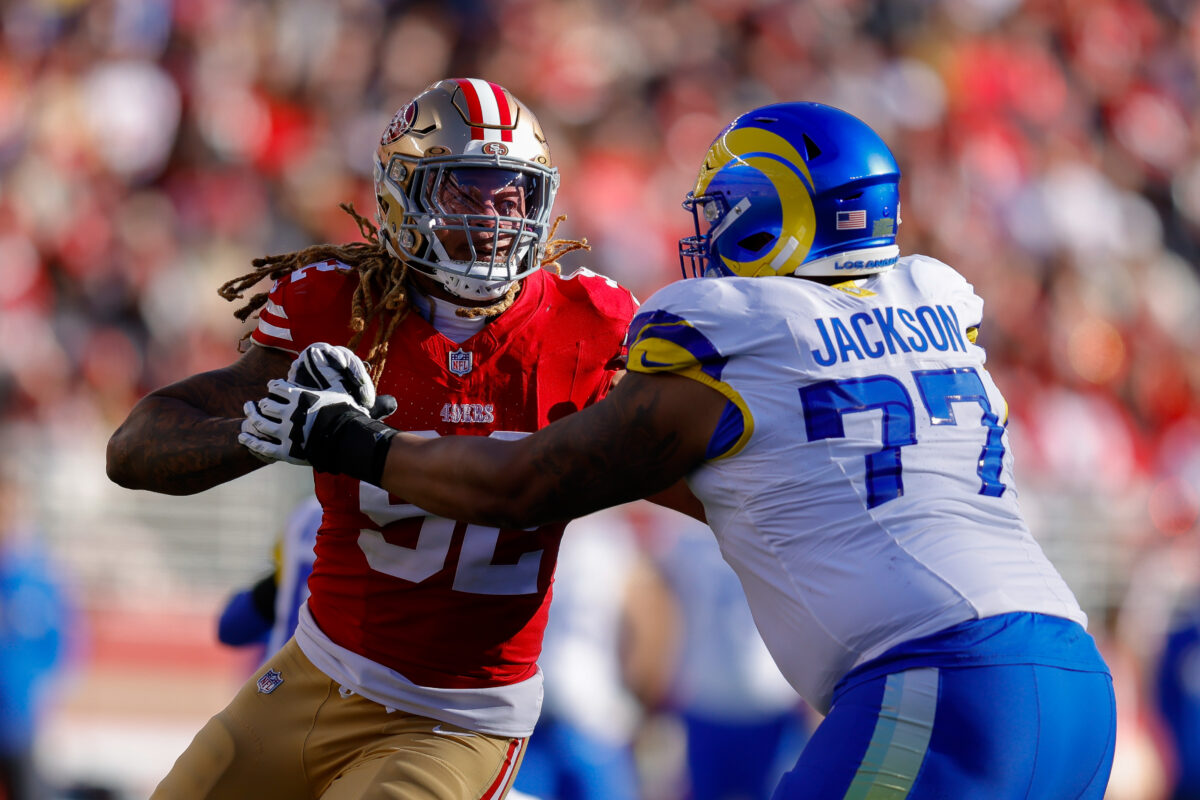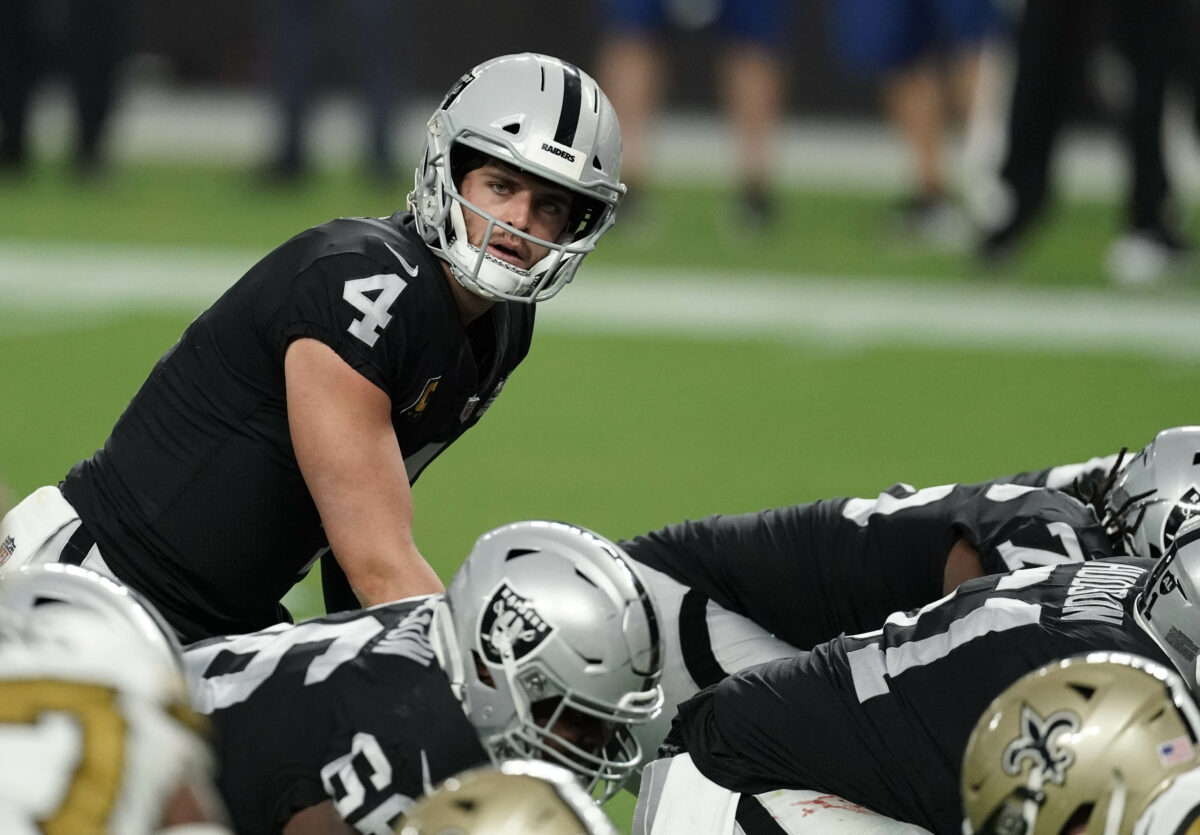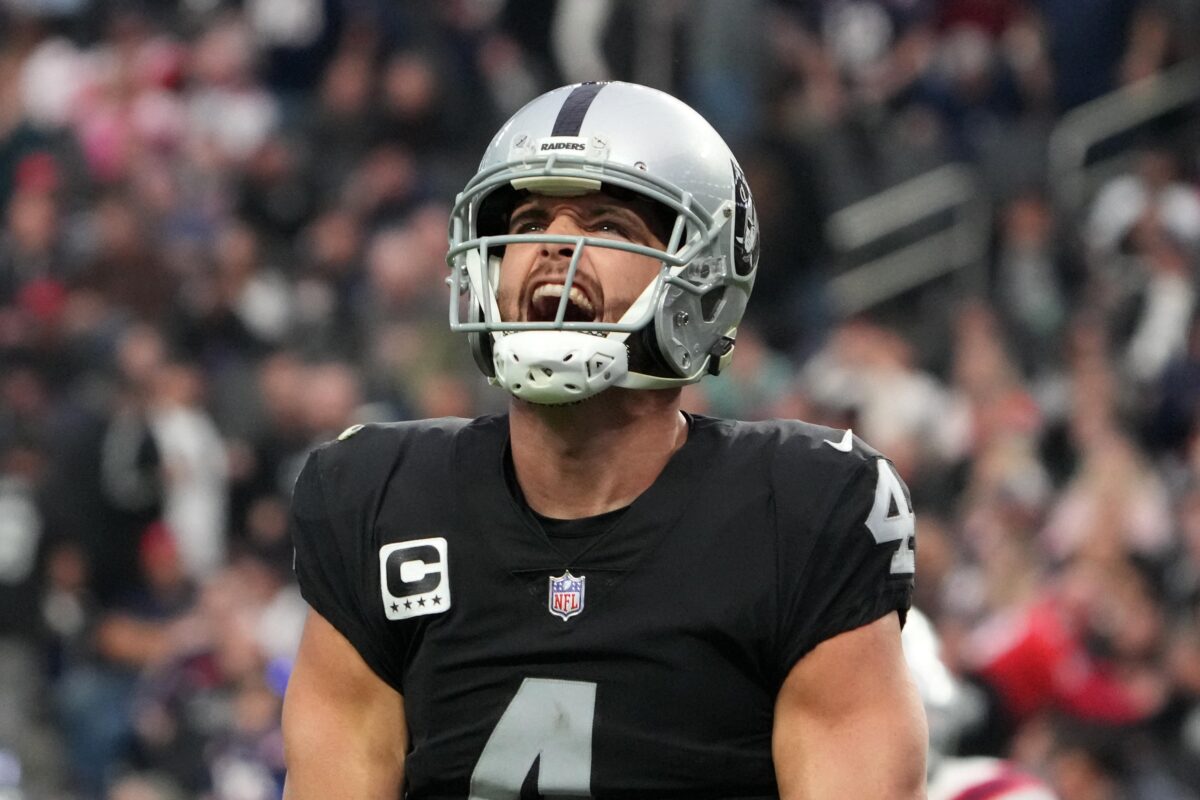Now this is interesting. It’s been a whirlwind of a week for Chase Young and the New Orleans Saints — fans following this saga were surprised to see him sign a fully-guaranteed $13 million contract on Monday, which turned out to be for just one year, before it was reported that Young will be undergoing neck surgery. That procedure is going to sideline him into training camp.
And now there’s another twist as the full picture becomes clear. The Saints knew about Young’s medicals before they agreed to this contract, and it’s structured in such a unique way that they’re protected in case he misses time recovering.
CBS Sports’ Jonathan Jones first reported that the Saints signed Young to a deal that includes $7.99 million in per-game roster bonuses, which he will only receive if he’s active each week during the 2024 season. So Young risks losing $470,000 for every game he’s unavailable, giving him a strong incentive to attack his rehab and get back on the field as soon as possible.
Additionally, Jones reports that Young’s base salary is just $2.7 million. He also received a $1.86 million signing bonus and a $450,000 workout bonus. That means Young’s contract is effectively a $5.01 million deal with another $7.99 million he can earn through being active in every game. Any games he misses will result in a salary cap credit going back to the Saints in 2025. If things take a bad turn and Young never plays a down for New Orleans, the team will get the full $7.99 million back next season.
Obviously they hope that won’t come to pass. Everyone involved is eager for Young to get healthy and play a productive 17 games in the fall (and then some; it’s playoffs or bust for underperforming head coach Dennis Allen). To that end, betting on his upside is worthwhile.
[lawrence-auto-related count=4]







